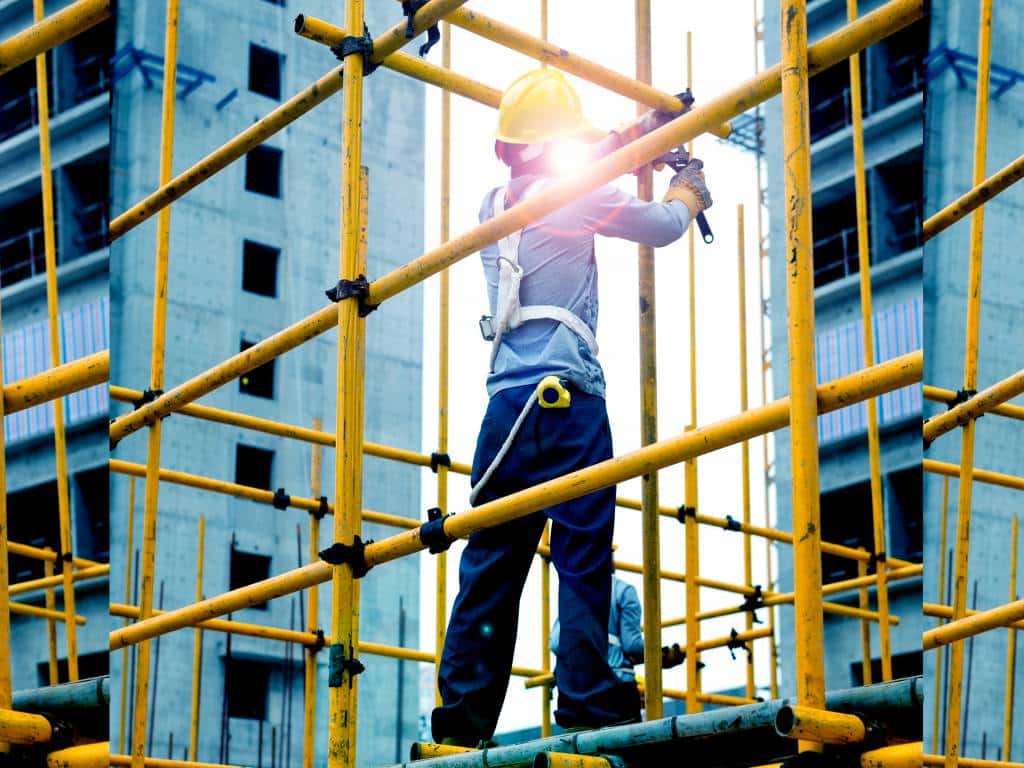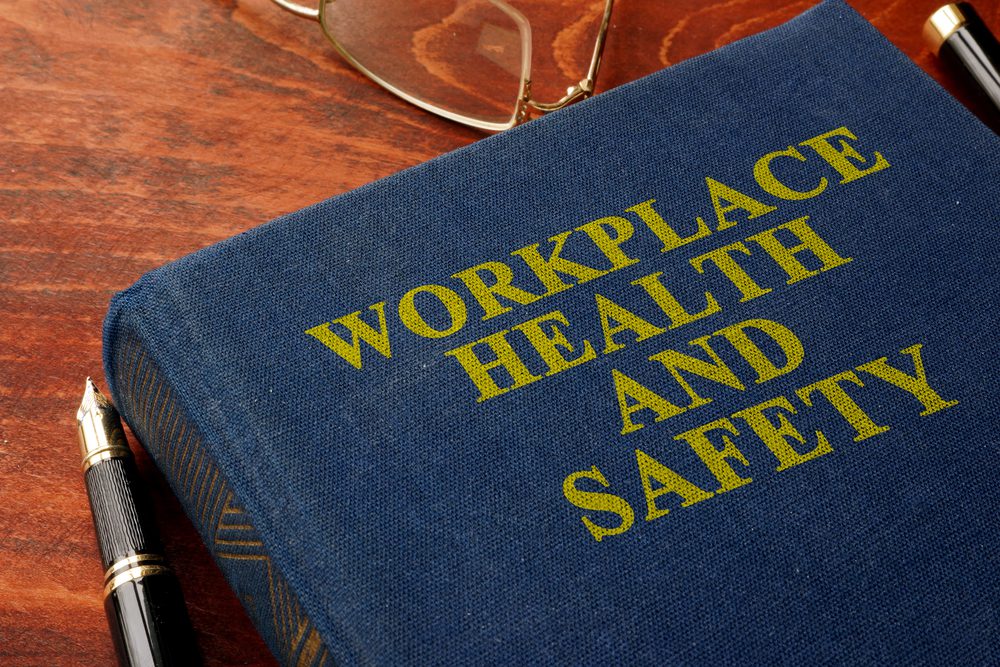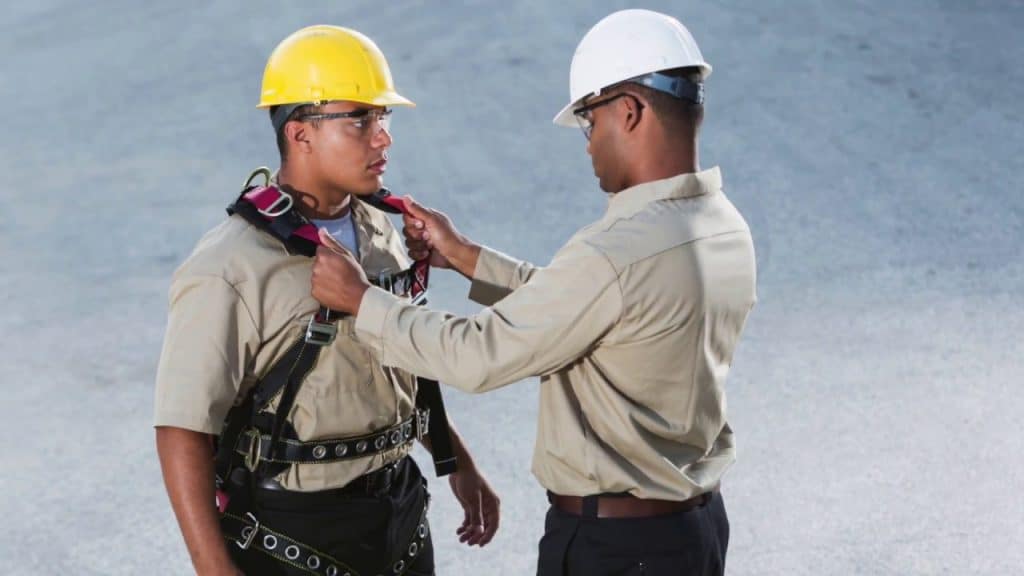
Overview:
If you running any kind of commercial establishment in Australia then make sure that your business will meet the standards and height safety regulations in the Country. It will become more patient when your employees in the business will have to work as their highest part of the daily job activities.
The Employer in the company will be responsible for making sure of the safety and regulations of the employees. Especially the workers who work at heights. Any kind of Lackadaisical or negligence will make some legal trouble for you. Your workplace of yours will not safe for your workers.
The workers will not expose their health issues and safety risk when they work and here comes the role of the health and safety Act 2011 which is important. Your worker of the company will meet the act of WHS 2011 and if you get fail then you invite the troubles for firm and yourself.
What does WHS Act 2011 State?

WHS Act is known as Work Health and safety which strongly emphasize the employees that are working in the workplace. Therefore, all the firms and factories will make sure that their employees fulfill the requirement of the WHS act. They meet the guidelines which are under this act.
In simple words, the act states that it is the legal agreement of the manager, firm, and any entrepreneur to make sure that their employees feel safe and have a conducive work environment. The employees are not exposing their health and safety issues that will impact their day-to-day work and their work profiles.
WHS Guidelines: A perspective:
This is a disturbing fact that there are multiple workers that got injured and died when they are working on the heights. Unfortunately, in Australia working at heights is the number one reason behind injury and death. The report states that 122 workers died between 2015-2019 because of accidental slips and falls during work.
Here few points that WHS wants you to ensure for your worker’s safety and well-being:
- The solid construction that relates to the work should place on the ground.
- All the workplaces have access to the emergency exit gates
- The employer needs to use the gadgets which are latest which fall prevention and eliminate the risk of accidental skills.
- The firm or company should have an OHS manager that makes sure the workplace fulfills the guidelines under WHS Act 2011.
- The required guidelines should be followed according to the information mentioned in the workplace code of practice Section 274.
Code of Practice section 274 offers practical insight into the matters that relate to height safety regulations in Australia. Section 274 also informs you of the latest safety devices which measure height safety compliance according to the law you need to know.
Make sure your workplace accepts the safety Norms:
- The safety equipment and fall prevention devices will be used when the worker is working at a height above 2 meters or on a falling edge of 2 meters.
- The safety tools are inspected by the WHS officer or any safety professional officer before using them in the workplace.
- The safety officer will allocate the types of devices and safety equipment that your worker will use while them working at heights.
- WHS officer will also provide you the further suggestions which will help you to accomplish the height safety acceptance in your workplace.
Plenty for Non-Compliance:

As I earlier mention if your workplace doesn’t meet the guidelines of the WHS act 2011 of Australia then you invite legal trouble to you. The owner of the firm will get a penalty of $250,000 or even more. The situation will be worse if a worker in your firm will get injured by falling from a height.
Height Safety Standards and Essential Tools:
Working at Height Association (WAHA) describes the following Australian standards and the industry codes for the workers that work at height.
Safety Belts:

All the workers in the firm that work at height must wear safety belts according to part 1 of AS/NZS 1891.1.
Possession of Relevant Tools:
According to section A1657:2018, the firms and factories arrange the height safety tools like ladders, walkways, and stairways for their workers.
Rail Systems:
According to Part 2 AS/NZS 1891.2, there should be enough arrangements in the workplace which install the horizontal lifelines and the rail systems. This will all be done before the workers start their work at height.
Maintenance and Use of Devices:
Part 4 of AS/NZS 1981.4 clearly states how the safety officer will select the required safety devices. How they install those devices and how they use them. In addition, they also describe how they maintain the overall industrial fall arrest system in the year.
Use of Fall Arrest Devices:
Part 3 of AS/NZS 1891.3 mentions the essentials of using fall arrest devices. These devices should stay affixed to the workers until they work.
There are three types of fall arrest devices that are used by workers of firms at height. The Type 1 fall arrest device will move in the direction of the line of work like ropes and rails.
The type 2 fall gadget contains seatbelts and spring-loaded anchorage. Whenever the worker loses his balance then the locks will activate and prevents him from falling.
The Type 3 fall arrest device will protect the worker from losing his balance and accidental slips. It also includes rescue lifting devices, inertia reels, and others. It is more usable in confined spaces and helpful in the existing process when the worker completes his work
Conclusion:
The firm and factories in Australia that contain workers who work at the height should fulfill the height safety guidelines of the WHS Act 2011. The act states that the worker feels safe in the environment and doesn’t have any health issues. If the firm didn’t meet the guidelines of the WHS act then they got a penalty of $250,000 or even more.
You Might Also Like: Understanding The Popularity Of MKV In The Video Streaming Era

